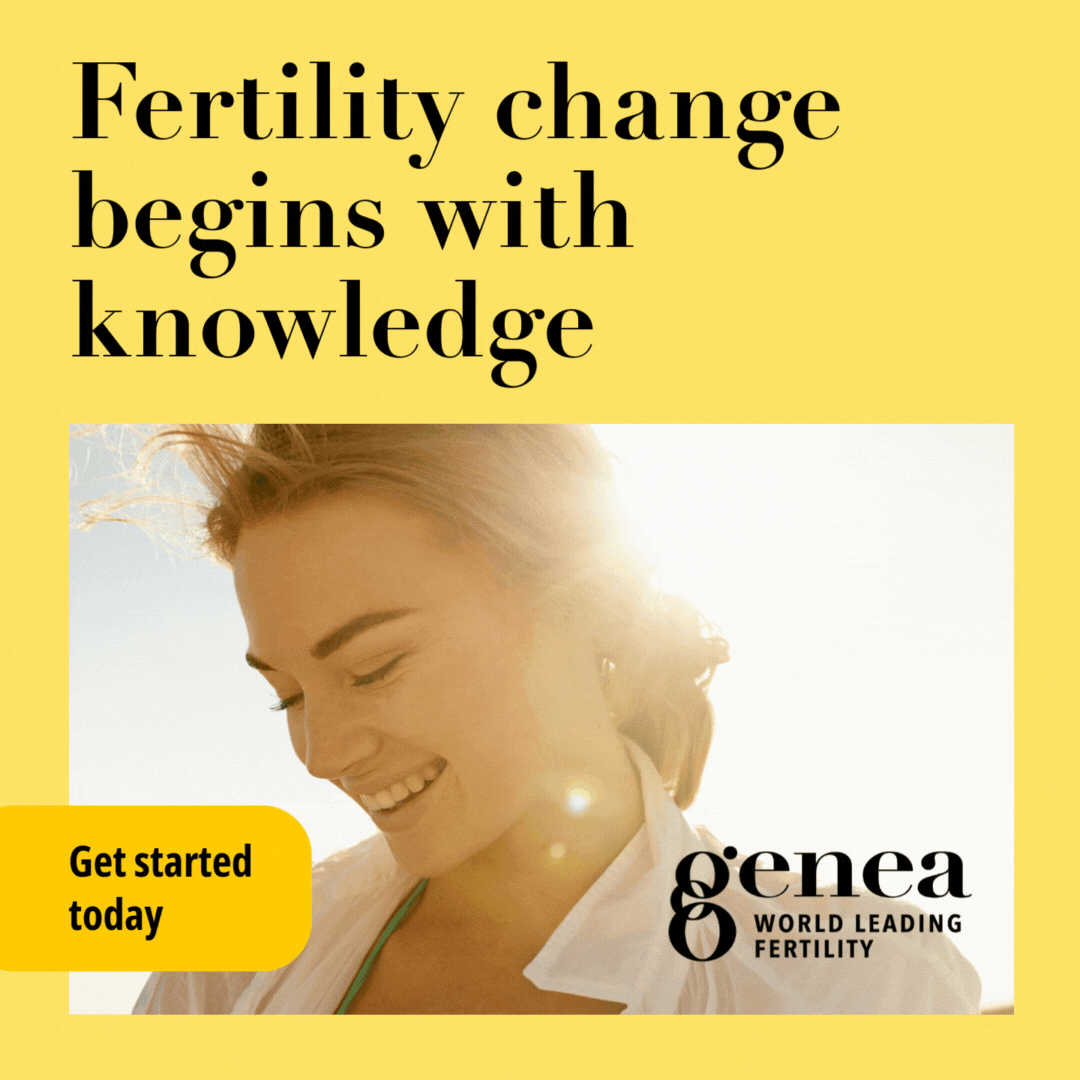Nothing generous to improve parental leave or the affordability of quality childcare.
Nothing to improve the dire circumstances that are conspiring to make older women the fastest growing group of homeless people in Australia.
Nothing even resembling a juicy opportunistic bone thrown to women on account of the budget being back in the black and an election around the corner.
This year’s budget situation is unusual: the fact a Federal election is to be called at any time means the plan unveiled by the Treasurer, Josh Frydenberg, in the name of Scott Morrison’s government, in Canberra on Tuesday night may never come into fruition.
Nonetheless, in the coming days analysis will emerge explaining how the proposed measures will impact women. The analysis is not yet available because it’s not a task the government undertakes anymore. With only two seats allocated to women’s groups in the budget lockup the volunteers who do undertake the analysis (out of the goodness in their hearts and a passion for change) will need time to run their rulers over the document before they can state with any certainty what its impact might be.
But what was in the budget for women? Very little.
- The $328 million investment to combat violence against women and children that was announced a few weeks back. It includes:
- $68.3 million for prevention strategies to help eradicate domestic and family violence in our homes, workplaces, communities and clubs;
- $78.4 million to provide safe places for people impacted by domestic and family violence;
- $82.2 million to improve and build on frontline services to keep women and children safe;
- $64.0 million for 1800RESPECT, the national sexual assault, domestic and family violence counselling service; and
- $35.0 million in support and prevention strategies for Aboriginal and Torres Strait Islander communities.
- A $3.4 million extension of funding for the Science in Australia Gender Equity (SAGE) initiative and to fund a National Awareness Raising Initiative.
- Some initiatives in health including:
- listing new diagnostic imaging services on the Medicare Benefits Schedule used in the diagnosis and treatment of breast cancer at a cost of $32.6 million over four years, saving patients up to $1,500 per scan;
- indexing x-ray and ultrasound services on the Medicare Benefits Schedule from 1 July 2020 at a cost of $198.6 million, which will cover ultrasounds for pregnancy;
- prioritising perinatal mental health with $26.3 million over five years from 2018-19 for a new Perinatal Mental Health and Wellbeing Program; and
- improving health system responses to family and domestic violence with a total of $9.6 million included in the Fourth Action Plan package.
According to a statement from the Minister for Women, Kelly O’Dwyer, the 2019-20 Budget “includes a number of important, practical measures to support women to increase their participation in paid work and improve their financial security”.
What these practical measures include is unclear. The snapshot says these will “build on the $119.2 million of measures announced in November 2018’s Women’s Economic Security Statement” but nothing concrete is listed.
What the 2019-20 budget doesn’t include is telling.
It doesn’t include any increase to Newstart even though it’s now widely accepted that the payments are too low to support a dignified life, and actually hinder the efforts of unemployed workers to effectively search for work. It doesn’t include any increase in Commonwealth Rent Assistance to align with housing costs. It doesn’t provide superannuation for the estimated 5.5 million Australians in unpaid care work, the majority women caring for a child with disability or ageing parents – or both.
Each of these measures were listed in Per Capita’s Fantasy Budget that would help Australia progress to a more equal society in real terms.
In global terms Australia has been slipping backwards in terms of the gender gap that persists between men and women for successive years.
Women’s workforce participation is hampered by the fact Australia boasts the second least generous paid parental leave policy in the OECD. So too the cost and availability of high quality early childhood education and care. Yet neither of these areas have been mentioned, let alone tackled substantively, for years. That they don’t even rate a mention when there is both money to be spent and votes to win, speaks volumes.


